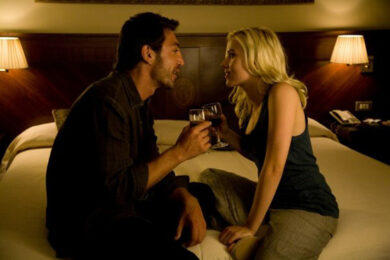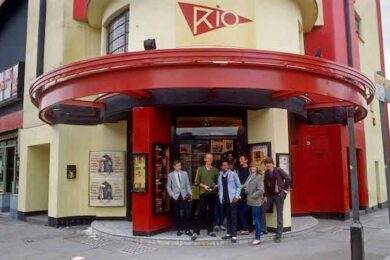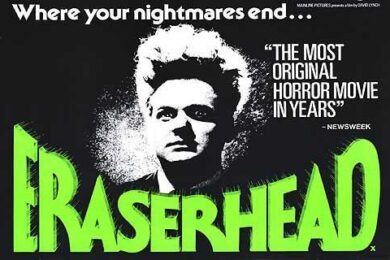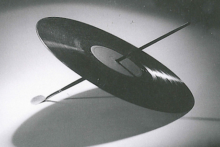


Klf
Articles 11
Embrace The Contradictions: The Strange World Of… The KLF
Following a wave of fevered speculation about the possible return of The KLF, AKA The JAMs, The K Foundation, K2 Plant Hire, the Justified Ancients Of Mu Mu etc., Ben Graham explores the mythology of Bill Drummond and Jimmy Cauty, in order to explain why any "reunion" is likely to be far more interesting than just another musical comeback

ICH BIN EIN EUROPEAN: Bill Drummond Stands With A Romanian Gypsy Band
A week after Britain voted to leave the EU and the national mood darkened with racism, Bill Drummond has sent us this communiqué and short film of an action undertaken in Birmingham with a Romanian gypsy band. Text by Bill Drummond, photography by Tracey Moberly

No Quarter Given: Three Days In The Life Of Bill Drummond OBA
John Doran tags along with the 'Old British Artist' as he paints graffiti on flyovers, defaces UKIP billboards and relaunches himself as a cross-dresser; all as part of the mammoth 25 Paintings project. All photographs by Tracey Moberly unless otherwise stated

News 4
Most Popular
Previously Read

Vicky Cristina Barcelona and Bizarre Love Triangles on Film
_Don't_ call it a comeback. Dave Moats explains how Woody Allen's much hyped 'return to form' succeeds despite the filmmaker's considerable legacy hanging over the proceedings. Plus The Quietus collects 10 more bizarre love triangles captured on screen.

They Do Things Differently There: The Rio Cinema And A History Of Activism In East London
One of the finest independent cinemas in London, the Rio also has a lost archive – reports on Hackney life made by local young people in the 80s. A new picture book celebrates a treasure trove of photos revealing a history of street life, social activism and protest.

Matters Of The Heart: 20 Years On, Is High Fidelity The Best Rom-Com Ever Made?
Despite its disagreeable main characters, Stephen Frears’ record store romp still has plenty to offer for the hopeless romantics of the 2020s. Has there been a better failed and healed love story since? Adam Solomons investigates

Remembering Eraserhead, and 20 More of the Best Movie Posters Ever
With the long-awaited release of David Lynch's masterpiece _Eraserhead_ on DVD region 2, Austin Collings misses the enigma of the original as opitomised in its iconic poster. Plus, The Quietus collects the other 20 most enticing posters of all time.

O Captain: Is Robert Altman’s Popeye Still A Failure 40 Years On?
In 1980, Robert Altman turned his talents to an unlikely character with a live-action take on Popeye – with Robin Williams in the title role. The confusing plotline and baffling concept troubled audiences at the time – but how does it hold up?



























